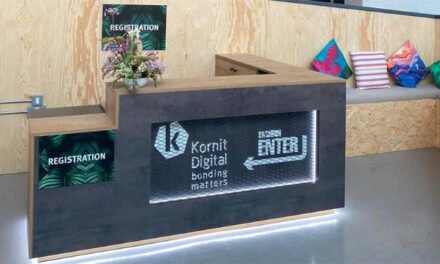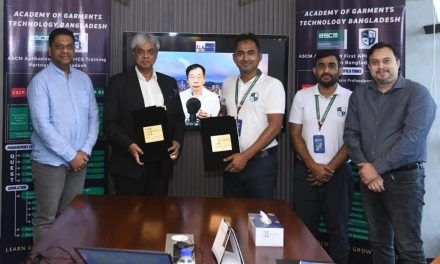 Revenue from the global spandex market size is set to reach $10 bn in 2024. The market has been projected to climb to a value of $21.9 bn by the end of 2034, expanding at a CAGR of 8.1 percent between 2024 and 2034.
Revenue from the global spandex market size is set to reach $10 bn in 2024. The market has been projected to climb to a value of $21.9 bn by the end of 2034, expanding at a CAGR of 8.1 percent between 2024 and 2034.
Spandex fibers are being extensively used in the production of medical textiles. Growth of the spandex market can be attributed to its usage in compression garments, including bandages, surgical hoses, and support hoses. Spandex is appropriate for use in sportswear and activewear applications, such as swimsuits and workout apparel, because of its lightweight and flexible nature.
Spandex is also utilized in the production of socks. It helps keep socks in place by preventing them from slipping down and makes putting them on and taking them off easier. Socks can contain varying amounts of spandex, depending on the desired level of elasticity. One of the primary uses for spandex is in the manufacture of incontinence products and diapers. The market for diapers is forecasted to experience strong growth during the forecast period due to rising demand from countries such as China and India.
Key Takeaways from Market Study:
• The global spandex market is projected to expand at a CAGR of 8.1% through 2034
• The market is forecasted to reach $21.9 bn by the end of 2034
• The market in the United States is poised to reach a value of $1.2 bn in 2024
• China is set to account for 53.4% market share in East Asia in 2024
• The market in Japan is projected to be valued at $ 600 mn in 2024
• The East Asia market is forecasted to expand at a CAGR of 8.5% through 2034
“Spandex is widely used in the production of sports clothing as it keeps wearers comfortable while doing exercises and protects against injuries resulting from excessive pulling or stretching of the fabric,” says a Fact.MR analyst.
Leading Players Driving Innovation in Spandex Market:
INVISTA; Hyosung Corporation; Asahi Kasei Corporation; Taekwang Industrial Co. Ltd.; YantaiTayho Advanced Materials Co., Ltd.; Xiamen Lilong Spandex Co., Ltd.; Jiangsu Shuangliang Spandex Co., Ltd.; Toray Industries; Xiamen Lilong Spandex Co., Ltd.; DuPont de Nemours, Inc.; LYCRA; Mitsubishi Chemical Engineering Corporation; Indorama Industries.
Focus on Producing Sustainable, Bio-based, and Environment-Friendly Spandex:
Polytetramethylene ether glycol (PTMEG) and diphenylmethanediisocyanate (MDI), the raw materials used in the commercial production of spandex fibers, come from petroleum feedstock. The shifting costs of these raw materials combined with the growing emphasis on sustainability along the whole textile value chain are forcing manufacturers of spandex to focus their efforts on developing sustainable, bio-based, and environmentally friendly product lines.
In April 2024, Hyosung, the largest producer of spandex fibers in the world, announced an investment of US$ 1 billion in a facility in Vietnam where sugar will be converted into 1,4-butanediol (BDO), a precursor to spandex that is normally produced from coal or natural gas, using Genomatica’s fermentation technology. By 2026, Hyosung intends to produce 50,000 metric tons (mt) of biobased BDO annually, and by 2035, 200,000 mt. BDO is used to make polybutylene terephthalate and other plastics in addition to spandex. The majority of BDO is made in China, where coal is used as a raw material in many plants.





















